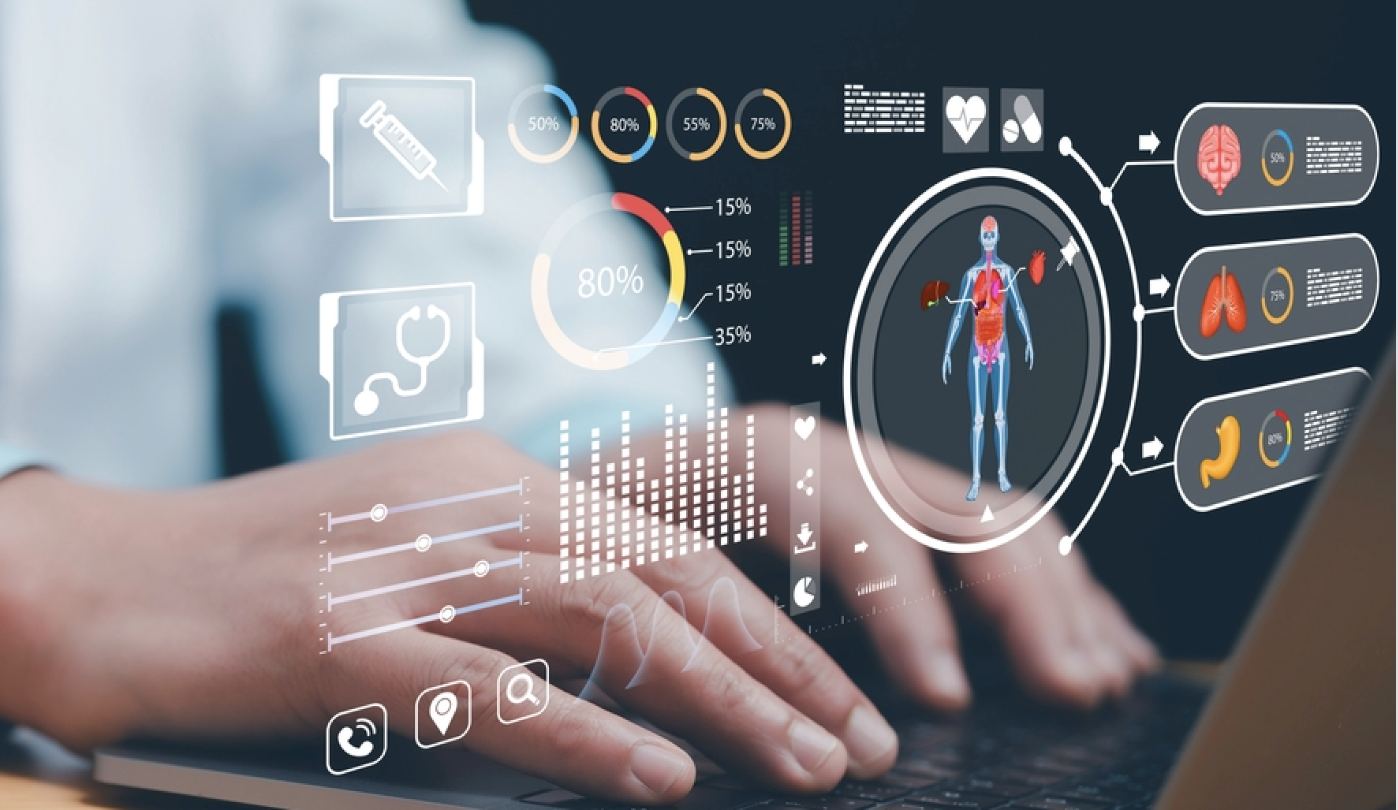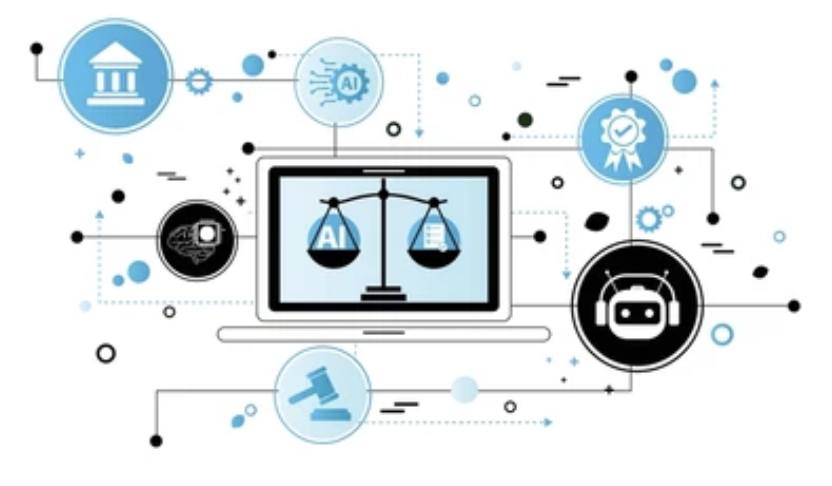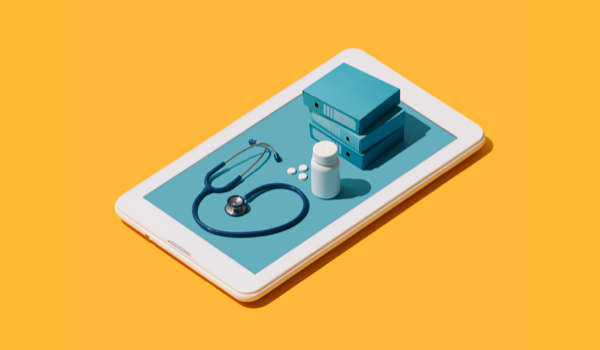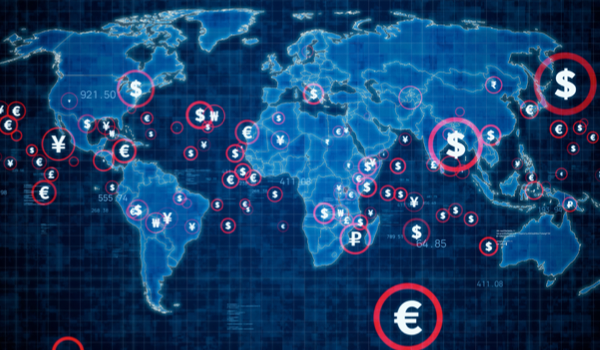


WASHINGTON, DC - The medical industry relies heavily on data integration to improve established healthcare models. Data integration strategies in pharma are also leveraged across all levels of the value chain, from invention, to manufacturing, to commercialization. Only 56 percent of healthcare units are able to utilize all of their data streams effectively, however. This means nearly half the healthcare industry is missing out, which causes some USD342 billion in losses for healthcare organizations at all levels of care.
Data integration challenges in healthcare
The Economic Times has reported that now close to 400,000 health apps track heart rates, blood pressure, sleep patterns, calories consumed, physical activity, and blood sugar and cholesterol levels.
Data collection and aggregation communities are equally fragmented, making the extraction and integration of data a real challenge. An abundance of data is collected by providers, payers, public health specialists, employers, social networking communities, and patients, but no effort is being made to unify all this information. A serious divergence and duplication of data with no single source of truth is likewise problematic. Inaccurate and incomplete healthcare member profiles are created, providing too little insight into patients’ wellbeing journeys and their ever-evolving relationships with their healthcare providers, payers, pharmacies, friends, and family.
Healthcare data silos
Approximately 97 percent of hospital-generated data sits unused, per the World Economic Forum This is a serious shortcoming, but also presents a huge opportunity, showing how data has the potential to modernize healthcare. The main reason is because hospitals have traditionally found management of large, heterogeneous datasets from a variety of sources difficult. Even something as simple
The content herein is subject to copyright by The Yuan. All rights reserved. The content of the services is owned or licensed to The Yuan. Such content from The Yuan may be shared and reprinted but must clearly identify The Yuan as its original source. Content from a third-party copyright holder identified in the copyright notice contained in such third party’s content appearing in The Yuan must likewise be clearly labeled as such. Continue with Linkedin
Continue with Linkedin
 Continue with Google
Continue with Google







 776 views
776 views










